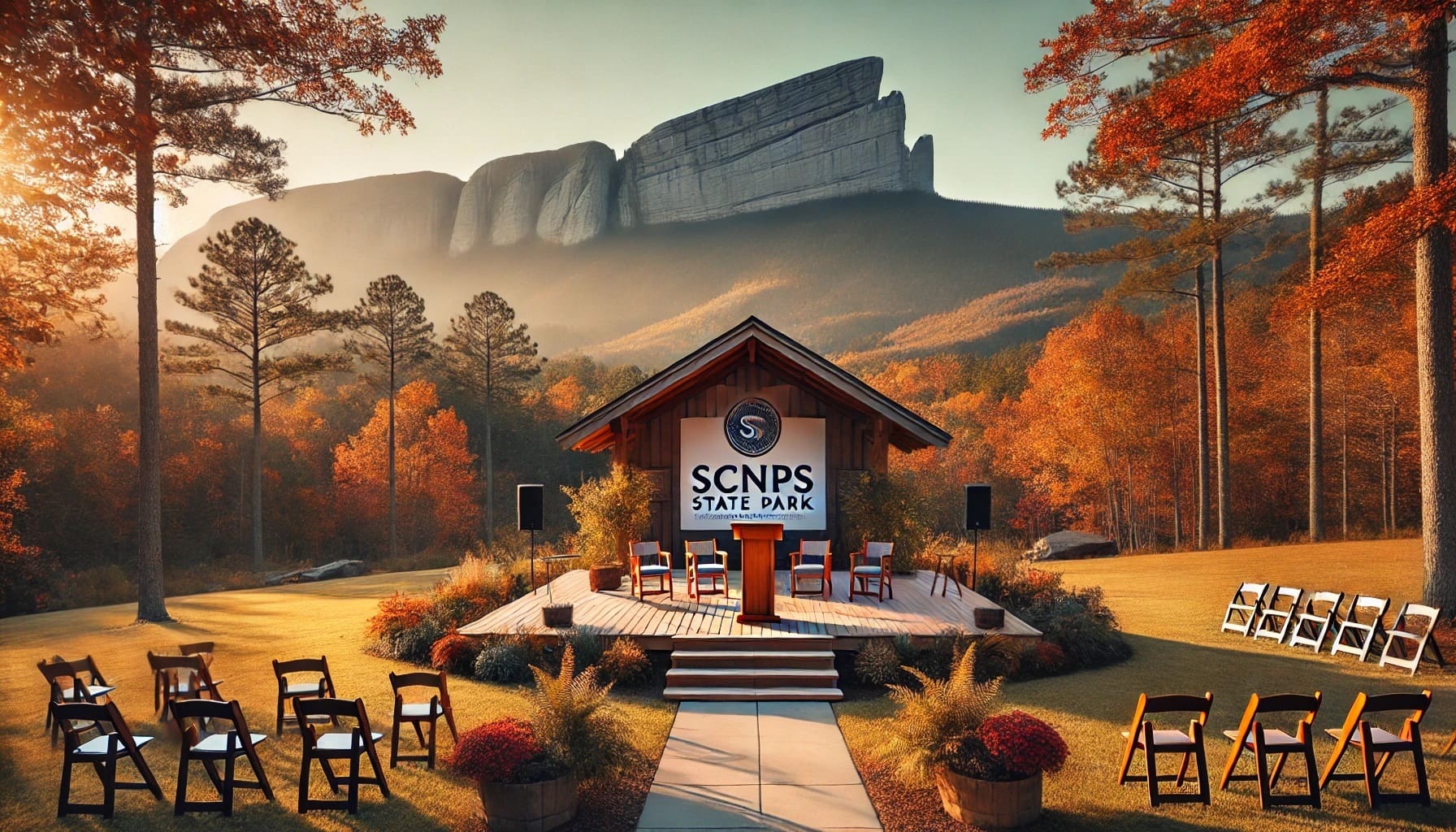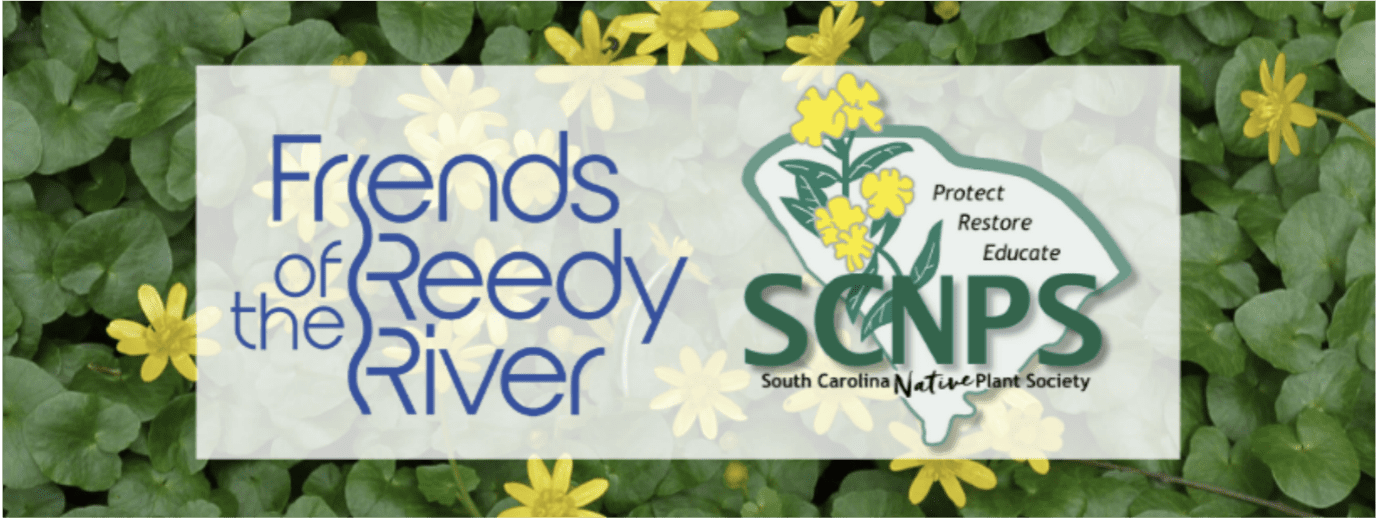 In the last month readers have brought a flurry of recent news articles to our attention, from sources as disparate as the New York Times and the Charleston Post & Courier. With headlines like “Corporate Landscaping Lets Its Hair Down,” “They Fought the Lawn. And the Lawn’s Done,” “In Wisconsin: Stowing Mowers, Pleasing Bees,” and “West Ashley homeowner embraced native planting. Charleston County threatened to fine him,” you can easily guess why these articles caught our readers’ eyes.
In the last month readers have brought a flurry of recent news articles to our attention, from sources as disparate as the New York Times and the Charleston Post & Courier. With headlines like “Corporate Landscaping Lets Its Hair Down,” “They Fought the Lawn. And the Lawn’s Done,” “In Wisconsin: Stowing Mowers, Pleasing Bees,” and “West Ashley homeowner embraced native planting. Charleston County threatened to fine him,” you can easily guess why these articles caught our readers’ eyes.
While most of these articles are at least partially behind paywalls, we encourage you to access them if you can. But here, for those that can’t, is the main takeaway: Native plantings are gaining traction, both in residential and corporate landscapes. But not without pushback.
Per the NY Times: “Lawns continue to polarize Americans, with traditionalists prizing manicured emerald expanses and environmentalists seeing them as ecological deserts that suck up excessive amounts of water and pesticides. The locus of power in many of these disputes are community or homeowner associations.” (According to one source, HOAs represent a staggering 29% of Americans, or 74 million people nationwide!)
Our own Editor’s advice to help explain to your neighbors what the heck is going on with your native plantings?
- Tell them this: “One gas-powered leaf blower used for an hour generates the same amount of emissions as a car driving 1,100 miles” (factoid from the NY Times)
- Post signs around your property that help explain “Why.” (Visit the National Wildlife Federation’s website to get a free certificate you can laminate and post — or splurge and get this nifty metal sign; or, on Etsy, search “native habitat sign” and you’ll find a ton of options for sale at reasonable prices; or make your own!)
- Play the Pied Piper: Get the kids in your neighborhood involved with your yard. For every child who becomes entranced by a plant, a bird, a bug, or any other wildlife critter, a parent will follow!



